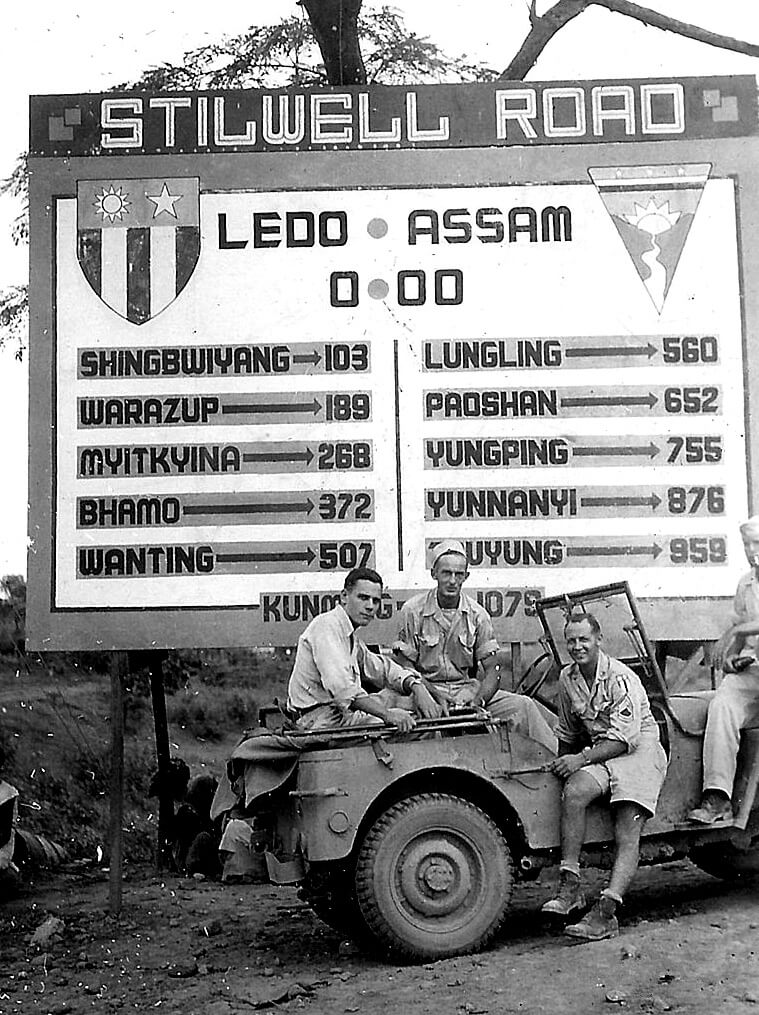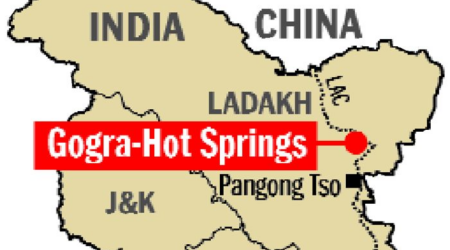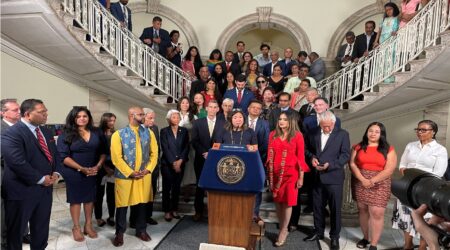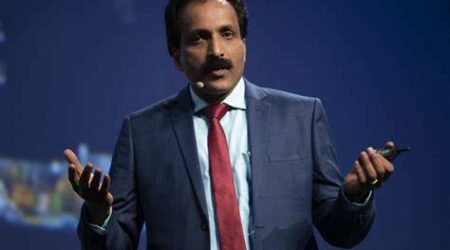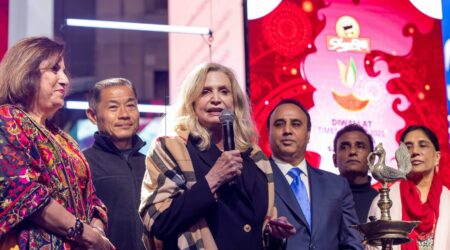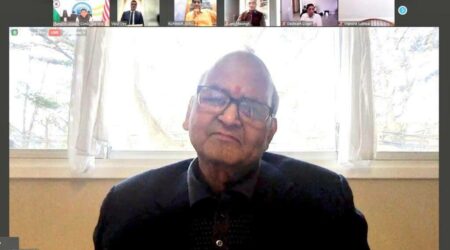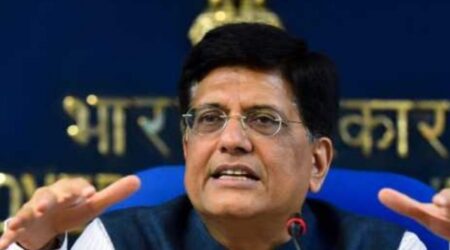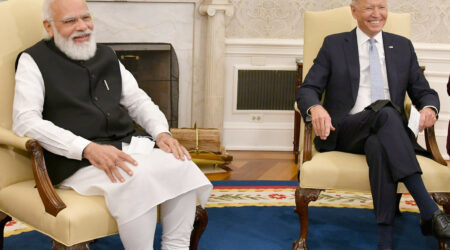By Pradeep S Mehta & Advaiyot Sharma
In 1942, at the height of World War II, the Eastern Himalayas marked a key aerial supply route from India to China, across which military supplies were shuttled to support the Allied war effort. Flying across “The Hump”, as the route came to be known, was daunting – navigating bad weather, erratic communications, and the threat of Japanese fighters. The American crews manning these missions suffered a high human toll.
In the years since the U.S. Defense Prisoner of War/Missing in Action (POW/MIA) Accounting Agency – DPAA has conducted multiple missions to trace and salvage the remains of the brave air warriors who undertook these extreme supply operations. Northeast India and Arunachal Pradesh in particular, have been the focus of these recovery efforts. These missions found a place in the Joint Statement on the recently held Fourth India-U.S. 2+2 Ministerial Dialogue, with the U.S. thanking India for its support for the DPAA missions.
Such cooperative missions are a testament to the depth and mutual respect underpinning the India-U.S. humanitarian, defense, and strategic relationship – which embodies much more than simply arms trade and legal frameworks.
However, just as the China-Burma-India theatre was relegated as the “Forgotten Theatre” of World War II, it is these stories of exemplary human courage and the ceaseless efforts to account for servicemen missing in action that has also faded over time. Eight decades after these legendary aerial missions, these stories still have the potential to inspire and resonate with people all over the world. Both the human element in these heroic military escapades and the resolute efforts by the DPAA to trace long-lost personnel immediately capture the public imagination.
These and similar stories must be made accessible to larger sections of people, beyond services personnel and military historians. Reportage on such issues must go beyond merely reiterating official statements, in order to develop engaging stories which carry enduring value for readers and viewers. However, this requires a concerted engagement with stakeholders who can create and publish such work for public consumption.
In his opening remarks at the Raisina Dialogue in New Delhi last month, Minister of State for External Affairs V. Muraleedharan observed that “the domestic political, economic and social decisions are increasingly finding their complementary cause or effect at the foreign policy level. This is because foreign policy cannot be detached from the domestic landscape and ground realities; they are part of a people-policy continuum.” In this continuum, the media plays a pivotal role.
As India and the U.S. navigate closer cooperation on defense matters, it is the goodwill generated from people-to-people ties that will remain the foundation of our countries’ strategic convergence. It is also imperative that foreign policy, including defense and strategic thought, remains rooted in domestic realities. Wide dissemination of fact-based knowledge outputs, demystifying complicated aspects of defense and strategic affairs, including in vernacular languages, will go a long way in generating awareness of these issues among interesting sections of the public.
Just as defense diplomacy can have drastic implications on countries’ foreign relations, media coverage of wars, defense, and strategic matters can also shape narratives and alter perceptions of the strategic ties between countries. Reports from Vietnam of the My Lai incident and the Pentagon Papers detailing murkier aspects of the war remain defining moments of that period. Some Indian defense deals for weaponry and aircraft have been notoriously shrouded in controversies, toppling governments and personalities. The media has often played its role as a watchdog in bringing to light various incidents of shady dealings in defense procurement.
As the defense and security landscape becomes more complex, expanding into new theatres, heightened threat perceptions, and increasingly technology-driven, covering the defense beat has gotten more challenging by the day. Even in-depth reporting on policy matters, such as the Countering America’s Adversaries through Sanctions Act (CAATSA) issue between India and the U.S., the Australia-United Kingdom-United States (AUKUS) pact, and the South China Sea tensions, requires knowledge of U.S. federal law, the international arms transfer framework, technology control regimes, and maritime law.
Officially, the Directorate of Public Relations, Ministry of Defense, Government of India organizes an annual, month-long Defense Correspondents’ Course to familiarize them with the diverse demands of defense reporting. A pre-course orientation capsule prepares them for the course ahead.
However, only a handful of early-career defense correspondents get the opportunity to participate in such courses and to better acquaint them with the nitty-gritty of the defense beat. More such efforts in this direction are the need of the hour. Additionally, there is also a need for the articulation of a clear media strategy for India’s entire official national security apparatus. The U.S., for its part, has a dedicated Defense Information School and a Defense Media Activity branch at the Department of Defense.
Recognizing the need for an initiative that expands the conversations in India on defense and strategic issues, CUTS International, global public policy research and advocacy group, is executing a project titled “Defense News Conclave: Stories of U.S.-India Defense Partnership”, supported by the U.S. Department of State. Through this project, we aim at creating awareness about the importance of U.S.-India defense and strategic relations. Our objective is to take discussions on these matters beyond Capital cities, including journalists and media professionals from all over India, and equip them to be able to write and report on such issues.
The project activities will touch upon the full range of bilateral defense and strategic ties – from workshops on defense issues with domain experts, to highlighting success stories and landmarks in the defense and security relationship and understanding the perception of the defense forces in citizens’ popular imagination. Digital training modules delivered by experts will be circulated to participants. The flagship event will be a high-level meeting in late fall which will bring together a diverse gathering of stakeholders in the defense and media ecosystems from India and the U.S.
Such kinds of initiatives have become even more important in today’s context. As the world grapples with the fallout of the Russia-Ukraine conflict, how do we as non-expert citizens around the world make sense of such ground-shattering events and military developments? Mass media, and internet-driven mass communication, are often the only link between the public and such history-shaping events in places far removed from their daily lives. As the global coverage of the pandemic has taught us, the media is not just a bridge between the events and its audience, but a potent, narrative-building instrument that can singularly alter the course of the event itself.
In an age of instant images, captions, and videos which can be beamed globally at the tap of a finger, there is only a fine line that separates journalistic coverage from simply “content”. It, therefore, becomes important that those who cover defense, wars, security, and strategic issues possess the adequate skill set and knowledge base in order to perform their duties with due diligence.
Defense journalists and media professionals need not become defense experts, but investing in developing expertise on defense-related issues will go a long way in enhancing the quality of their reporting. This pool of journalists can then pursue more lines of inquiry and evaluate the real outcomes of defense-related policies and reforms in their reporting. Such a group will also be a powerful shield against misinformation and disinformation campaigns undertaken at the behest of adversaries. Ultimately, such initiatives will serve to enhance their most valuable currency as media professionals – public trust and credibility.

(The authors work for the CUTS International Washington DC Center.)
Disclaimer: The views expressed are not necessarily those of The South Asian Times


